Hermeus has successfully conducted the inaugural flight of its Quarterhorse Mk 1, an unmanned aircraft built for high speeds, aimed at testing key systems necessary for upcoming hypersonic missions.
This flight represents a significant achievement in the company’s endeavor to incorporate hypersonic aircraft as a standard element of both defense and aerospace strategies.
Supported by venture capital, Hermeus created the aircraft from design phase to flight in roughly one year.
AJ Piplica, CEO and Co-Founder, stated, “The Mk 1 has transformed the speed at which we develop and fly new aircraft. I am immensely proud of our team’s achievements. We’ve demonstrated the effectiveness of our incremental development process. However, this is only the beginning. As we raise the standards further, there remains much work ahead for the upcoming version.”
Rugged design, crucial testing phase
The Quarterhorse Mk 1 is equipped with a low aspect ratio wing, has high wing loading, and boasts a low thrust-to-weight ratio tailored specifically for achieving high speeds.
These decisions entail certain trade-offs. A greater stall speed makes the airplane less agile, which means that takeoffs and landings become the most crucial and challenging parts of flying.
The testing initiative centered precisely around this objective. The plane managed to take off and land via remote control without issues, as videos revealed it cruising close above the ground near the airstrip prior to safely returning to the surface.
Hermeus highlighted that this stage was crucial for achieving the program’s objectives.
The campaign was preceded by a comprehensive ground testing phase.
According to the
company
“, ‘The ground testing reached its peak during 130-knot (150 mph) taxi trials using full afterburner on Edwards’ famous dry lake bed. This provided a crucial chance to verify the accuracy of aerodynamic models, examine the aircraft’s steering capabilities, and test the effectiveness of control surfaces, as well as other factors.’
Collaborative military alliances and technological verification
The initiative gained backing from the U.S. Air Force, which views high-speed flight capabilities as a key strategic resource for the future.
Major General Scott Cain, who leads the Air Force Test Center, stated, “Collaborations with industry remain crucial for developing and testing groundbreaking and innovative technologies for our service members. These partnerships hold the potential to enable regular.”
hypersonic
Flying is an exhilarating ability for the combined team.”
The Quarterhorse Mk 1 operation confirmed the effectiveness of multiple systems, including
propulsion
, fuel systems, hydraulics, avionics, thermal management, and flight controls.
These findings offer Hermeus practical information to enhance the subsequent plane in their lineup. Co-Founder and President Skyler Shuford remarked, “The genuine flight data obtained from Mk 1 delivers considerable technical insight that we’re integrating into our upcoming aircraft.”
Bold timeline
Hermeus
Is implementing a strategy to construct a single new aircraft annually. The Mk 0 variant has been utilized for terrestrial tests and distant towing activities.
The Mk 1 has successfully demonstrated remote takeoff and landing capabilities. The Mk 2, currently being built at the firm’s facility in Atlanta, aims to explore supersonic travel at speeds less than Mach 3 and is anticipated to make its maiden flight before this year ends.
The plan points towards Mk 3, which will strive to shift from turbojet to ramjet engines with the objective of surpassing the airspeed record currently held by the SR-71 Blackbird.

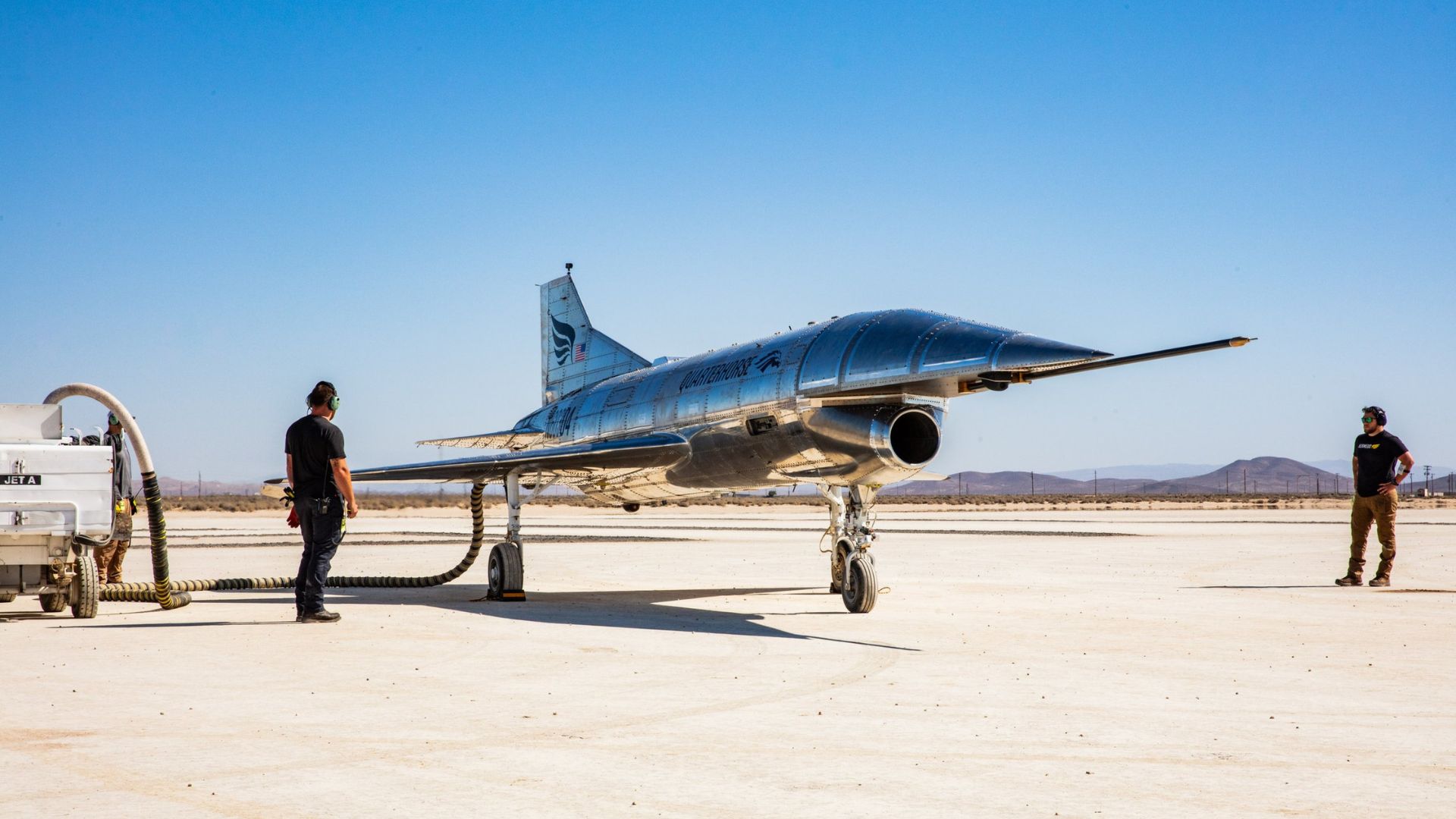






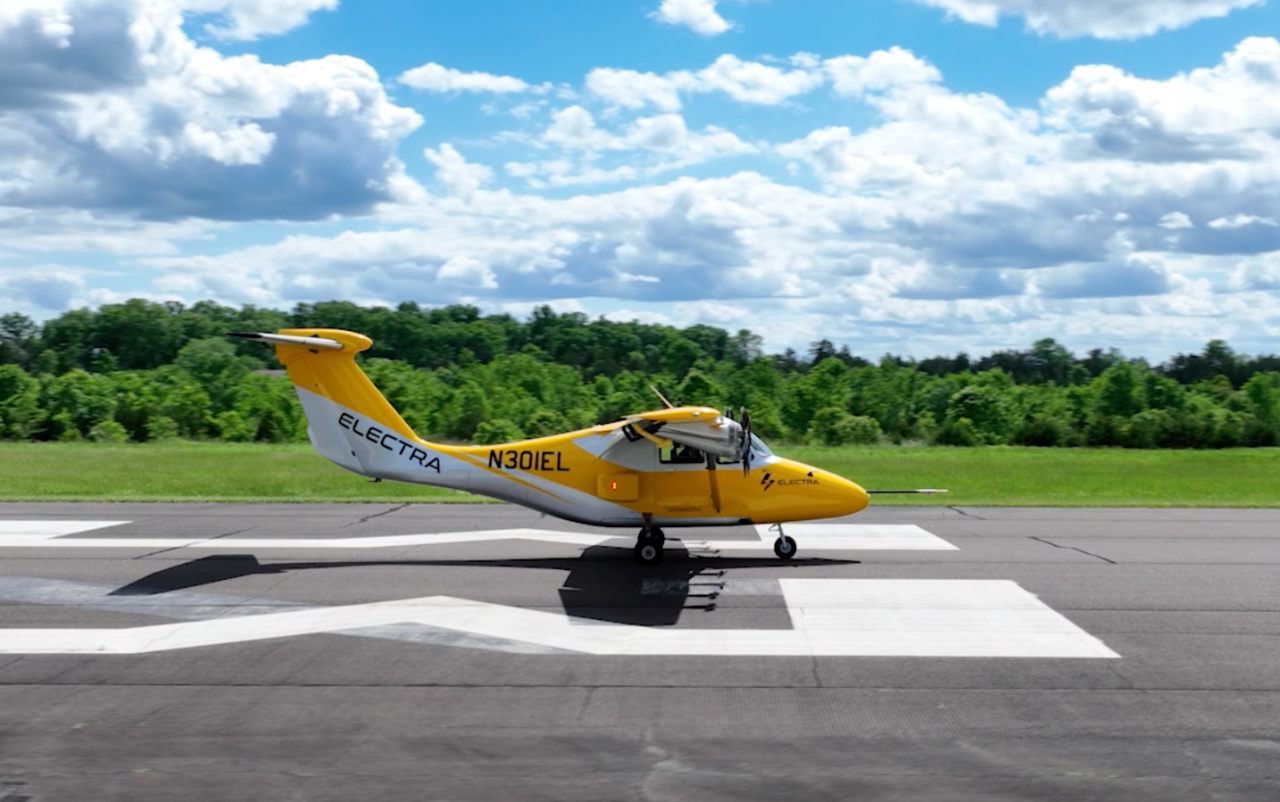
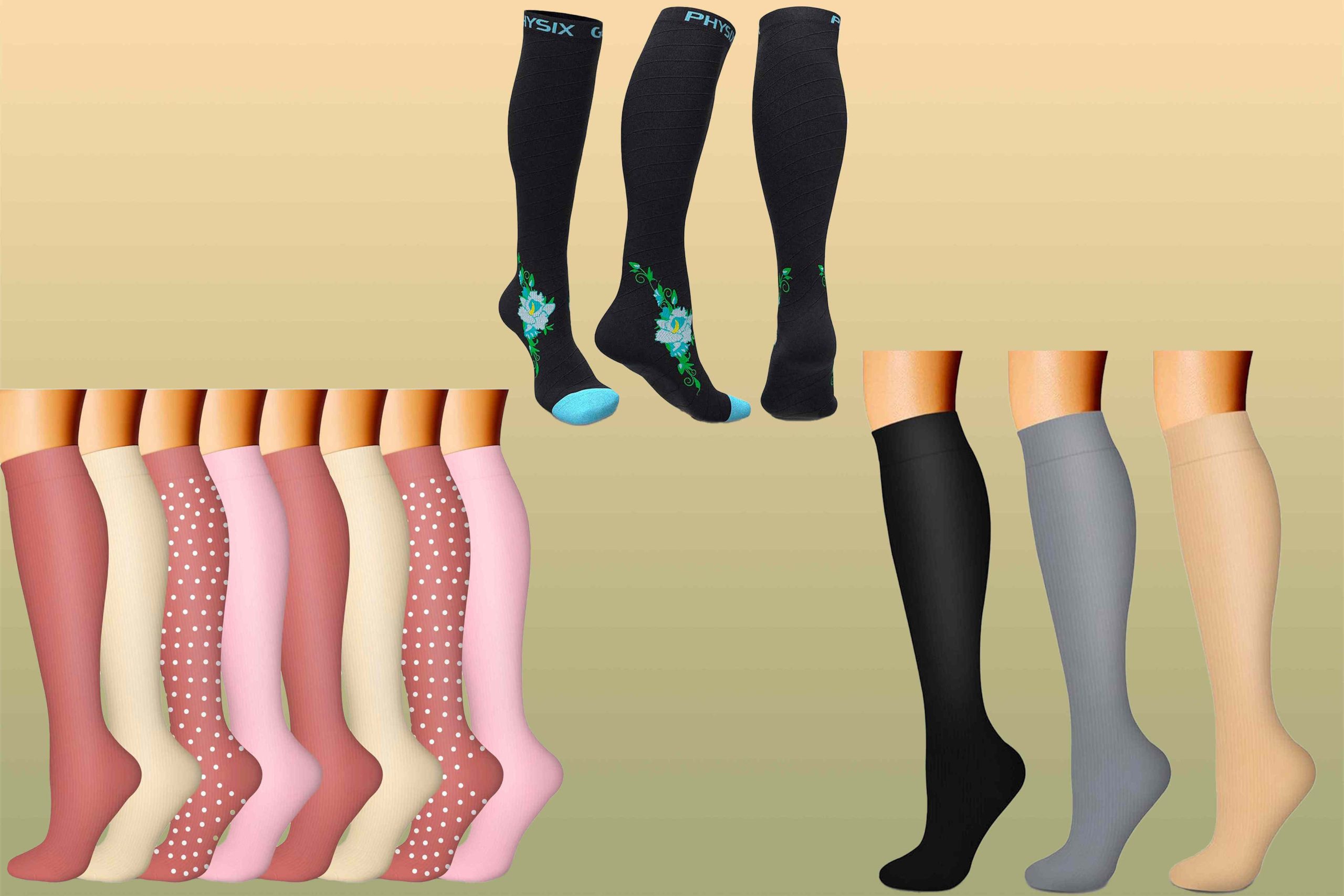
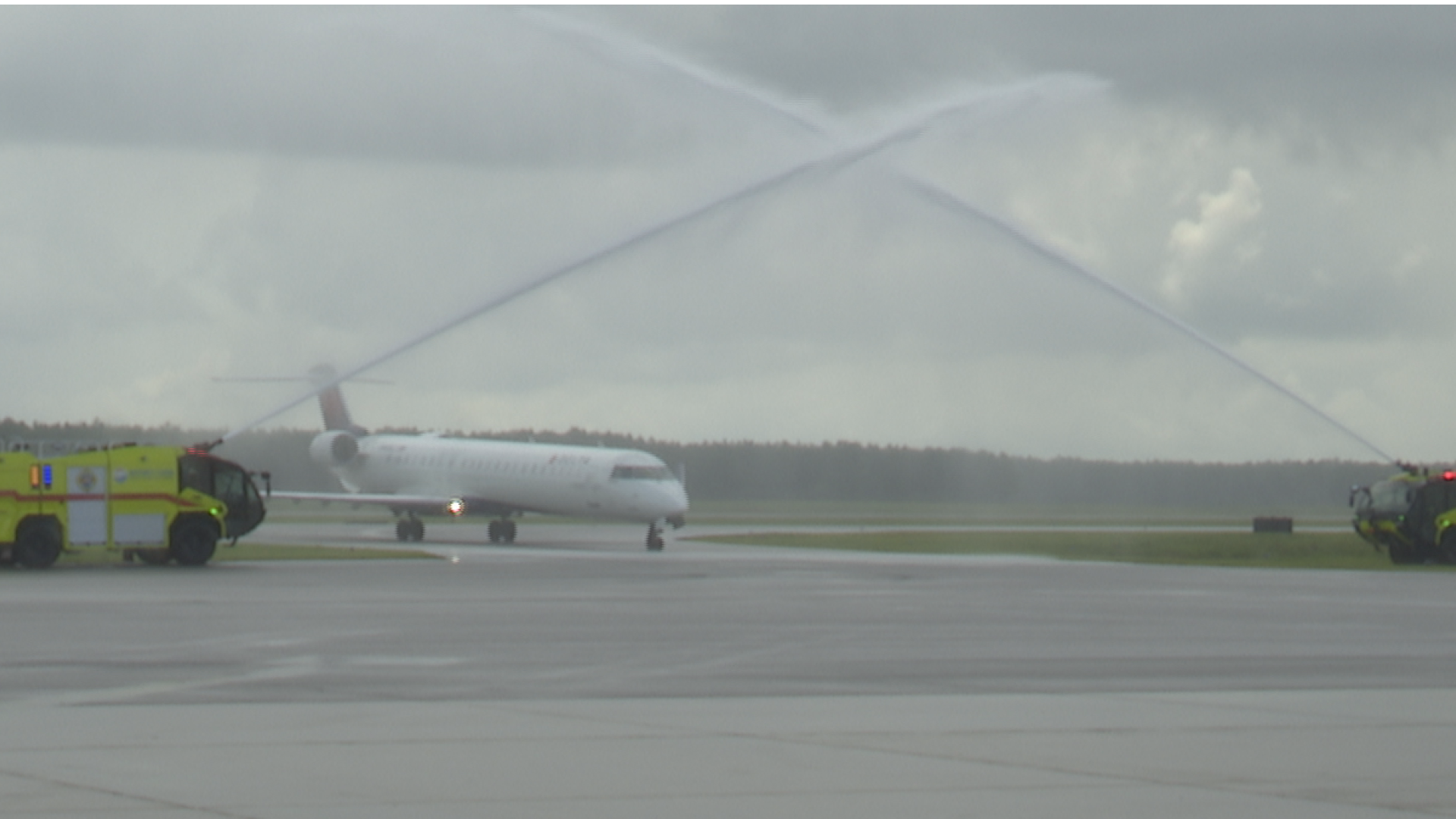
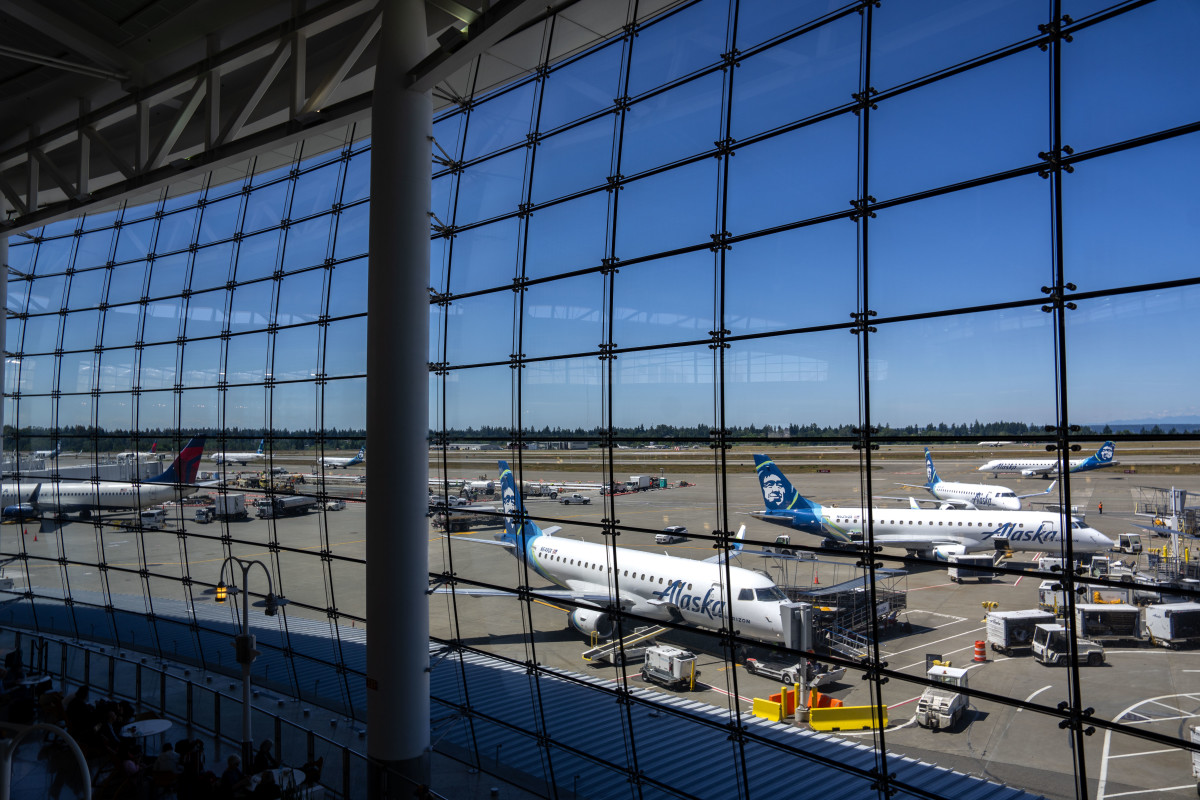






Leave a Reply